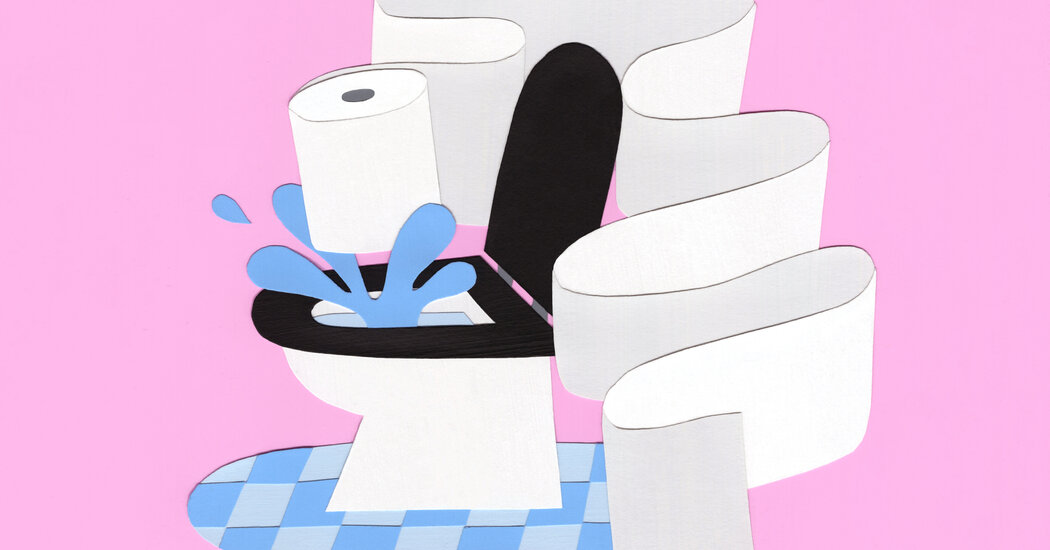These days, the toilet paper aisle is crowded with products that claim to be more sustainable, from bamboo and recycled material to products with “forest-safe” labels. But are they really better for the environment? And can you cast aside the paper altogether?
Today, we’ll try to get to the bottom of it.
Please don’t flush the forest
If you’re in the United States, the roll in your bathroom right now most likely comes from somewhere in North or South America. It could be a blend of trees from the United States Southeast and the boreal forest of Canada, or maybe from eucalyptus grown in Brazil.
Those sources present several environmental problems. Chipping away at the planet’s old, intact forests and replacing native woodlands with vast monocultures is terrible for biodiversity. It’s also bad for the climate because big, mature trees store a lot more planet-warming carbon than saplings planted in their place. Logging projects have also displaced Indigenous communities around the world.
So, the best way to lessen the environmental impact when nature calls is to reduce the amount of conventional toilet paper your household uses.
If you’re looking to do that without really changing your bathroom routine, your best bet is probably T.P. made from recycled material.
Recycled paper keeps trees in the ground and requires fewer resources to produce. Based on anonymized data from paper mills across the United States, the Environmental Paper Network, a nonprofit group, estimates that tissue from 100 percent recycled material requires about half as much water and 37 percent less total energy than using virgin fiber from freshly cut trees. And, it produces roughly 70 percent less greenhouse gases.
Have a question for reporters covering climate and the environment?
We might answer your question in a future column. We won’t publish your submission without contacting you, and may use your contact information to follow up with you.
